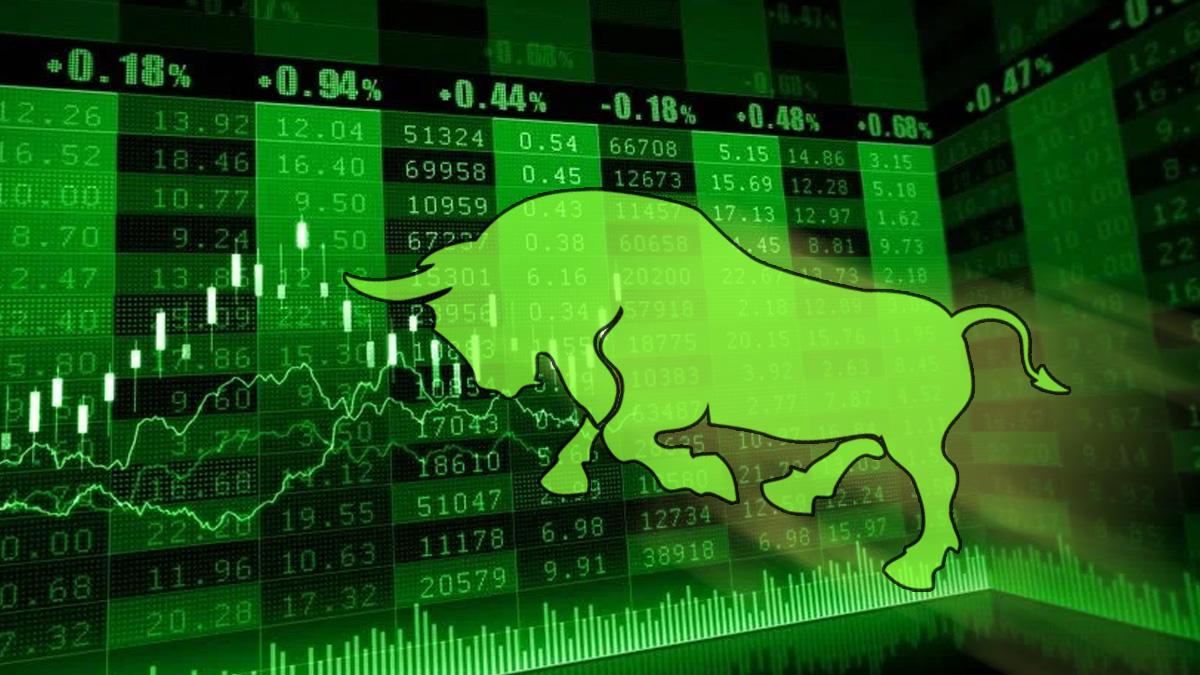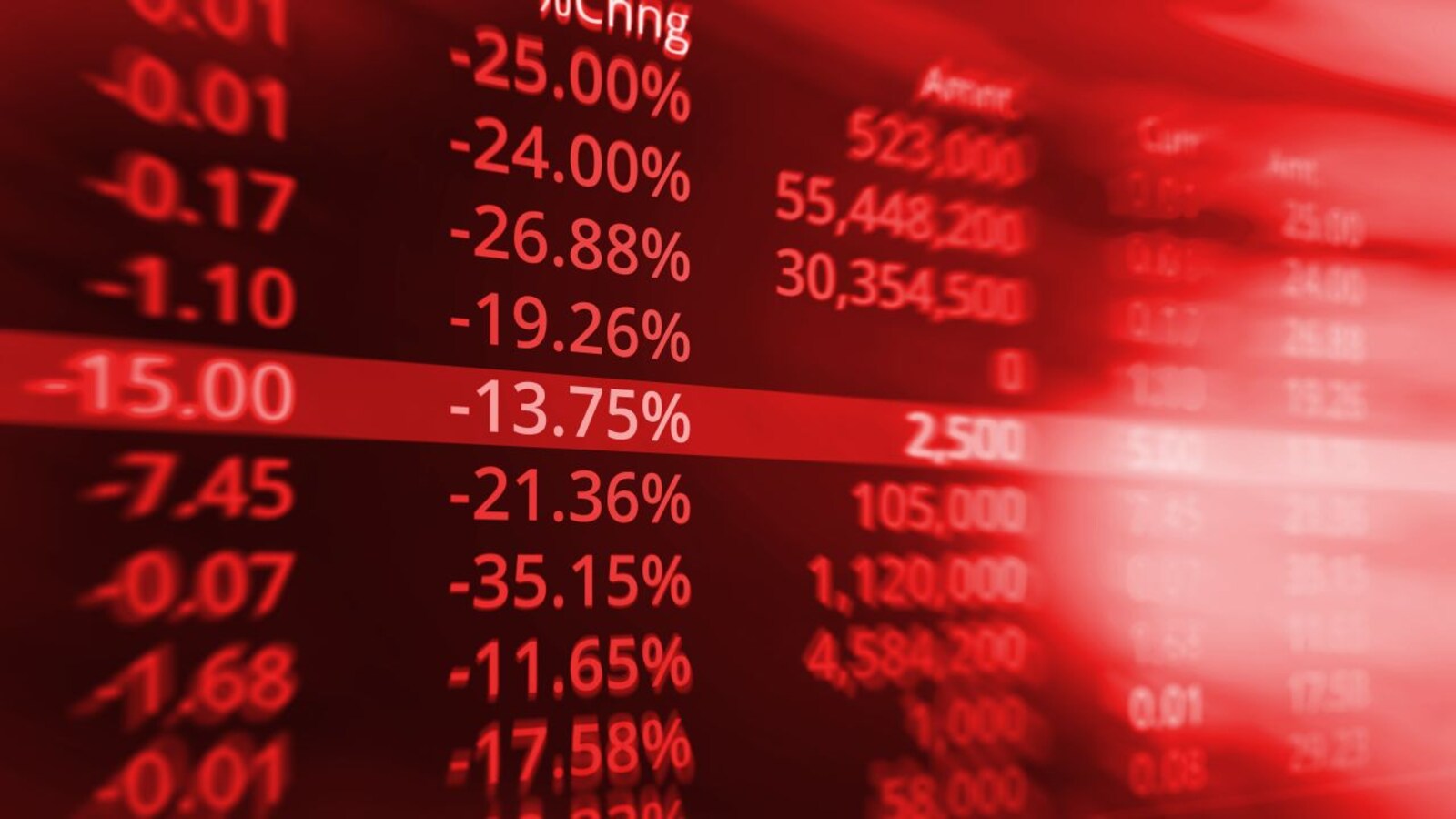According to data released by the Ministry of Commerce and Industry on Tuesday, the major causes of India’s wholesale price index (WPI)-based inflation, which increased from 1.89 percent in November 2024 to 2.37 percent in December, were price increases for food items, food product manufacturing, other manufacturing, textile manufacturing, and non-food items. While WPI inflation was 2.36 percent in October of this year, it was 0.73 percent in December of 2023. Comparing December 2024 to November 2024, the WPI’s month-over-month change was (-)0.38%.
Additionally, according to the Ministry of Commerce & Industry’s announcement, food article inflation decreased from 8.63% in November to 8.47% in December. Primary article inflation increased to 6.02% from 5.49% the month before. In December, fuel and power inflation was -3.79%, down from -5.83% in November. Additionally, the inflation rate for manufactured goods increased from 2.00% in November to 2.14%.
Vegetable inflation in the food articles category increased slightly from 28.57% in November to 28.65% in December. In December, the inflation rate for pulses was 5.02%, whilst the inflation rate for wheat during the same period was 7.63%. Inflation for eggs, meat, and fish was 5.43%.
According to the non-food articles, WPI inflation was 2.46% in December compared to -0.98% in November. In December, minerals inflation was 5.47 percent, compared to 5.89 percent in November. Crude oil and natural gas reported wholesale inflation of -6.86% and -6.77% in December, respectively.
In January 2025, ICRA anticipates that headline WPI inflation will increase to about 3%. “As opposed to 2.3% in Q3 FY2025, we anticipate that WPI inflation will average at an eight-quarter high of approximately 3.0-3.3% in Q4 FY2025. The cooling of WPI-food inflation will only partially offset the increase in inflation in the non-food sectors during the quarter. The WPI is now predicted to average about 2.5% in FY2025 and 3.0% to 3.3% in FY2026.

